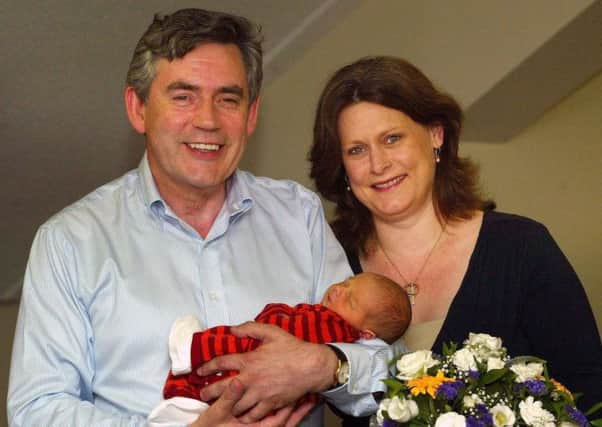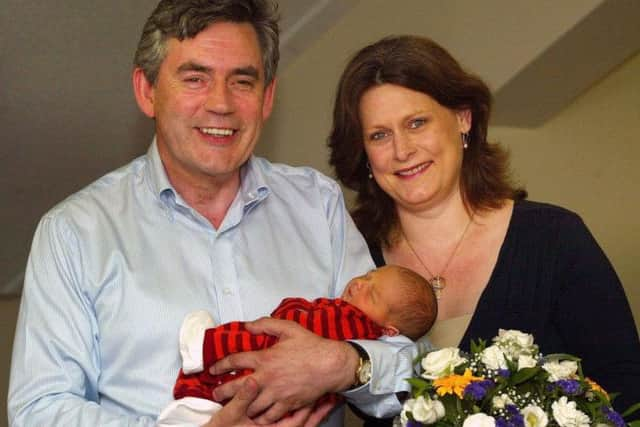How Edinburgh influenced Gordon Brown’s career


He will be remembered best for his 13 years in Downing Street as chancellor and prime minister and also for his three decades as an MP in Fife.
But it was in Edinburgh that Mr Brown cut his political teeth and learned many of the skills that helped him reach the top of the political tree.
Advertisement
Hide AdAdvertisement
Hide AdHe arrived at Edinburgh University in 1967 at the age of 16 to study history. But the start of his student career was blighted by a problem with his eyesight. Six months earlier, he had received a bad knock in a rugby match and he was diagnosed as having a detached retina. He had a series of operations, had to lie still in a darkened room for months and missed his first university term.


Once he finally began his studies, he quickly became active in student politics, joining the Labour Club and writing for the student newspaper.
His first flat was in a Grassmarket tenement and he later lived in Marchmont Road.
In 1972, he stood for the post of university rector – usually a role given to respected dignitaries or famous people – and won. The rector’s job included chairing the university court, the institution’s governing body. Principal Sir Michael Swann, with whom Brown had already clashed several times, quit a month later for a less confrontational job as chairman of the BBC governors.
While still at university, Mr Brown delivered leaflets for Robin Cook – five years his senior – when he was Labour candidate in Edinburgh North at the 1970 general election. He lost, but Mr Brown was back working for him in the February 1974 general election when Cook was elected MP for Edinburgh Central. Mr Brown own political career was also advancing. He became constituency secretary for Edinburgh South and was chosen as candidate for the seat in 1976.
He made a noted speech in favour of devolution at the 1977 Scottish Labour conference and was elected to the party’s Scottish executive.
In 1978, a by-election was called in Hamilton after the death of the Labour MP. It was the constituency where Winnie Ewing had made history for the SNP by winning another by-election 11 years earlier. Margo MacDonald was the SNP candidate this time. Gordon Brown was pressed to stand for Labour. He had local links because his father had become minister in the town. But since he had already been selected in Edinburgh South he decided against. Labour won comfortably with George Robertson, who would later become Nato secretary general.
Mr Brown played an active part in the Yes campaign in the referendum on Labour’s proposals for a Scottish Assembly, which took place on March 1, 1979. And he was almost immediately back out on the streets canvassing as Labour’s candidate in Edinburgh South in the general election.
Advertisement
Hide AdAdvertisement
Hide AdLong-serving Tory MP Michael Clark Hutchison was standing down. Mr Brown increased the Labour vote and cut the Tory majority to 2460, but was unable to beat Michael Ancram – later Tory chairman and deputy leader. Mr Brown was elected MP for Dunfermline East at the following election in 1983. It was 1987 before Labour won Edinburgh South. The seat’s current Labour MP, Ian Murray, says: “That election in 1979 was the springboard for Gordon’s political career.
“He always finds time to come back and campaign in the constituency. It’s his old stomping ground and he is always incredibly well received.”